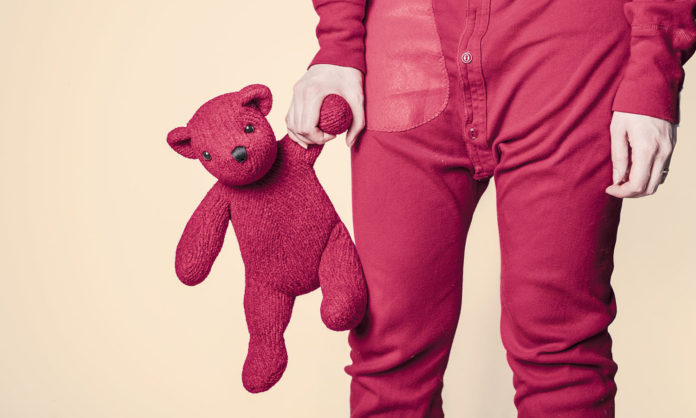
The most common advice you’ll hear about flashbacks is don’t. But in a post on Writers Helping Writers, Marissa Graff shares tips for using flashbacks to draw your reader into your story. “Flashbacks get a bad rap because they’re oftentimes misunderstood in terms of how to use them,” she says. “If used intentionally and with deliberate purpose, flashbacks can reel your reader in, transforming their understanding of your character and transforming the way your character’s journey evolves.”
Graff identifies three ways flashbacks can enrich your story:
- Creating emotional attachment to facets of the character’s ordinary world. Once your protagonist has left the ordinary world for the story world, a flashback can show how their emotional state is changed or challenged by new people, places, and experiences. This kind of flashback would more naturally occur earlier in your story and would help create a sense of longing for home. As your character moves forward, a flashback of this type might reflect change and a sense of acceptance.
- Creating an “aha” moment about something from the ordinary world. Your hero’s new experiences can provide a counterpoint to their old life and change their perspective. “The dichotomy of the old and the new can evoke a realization and mark inner growth for your character,” Graff says.
- Revealing your protagonist’s hidden past or something they aren’t ready to face. Brief flashbacks can give your reader pieces of your character’s emotional puzzle, little by little under a fuller picture is revealed.
Graff also notes some caveats:
- Flashbacks Should be Written Tightly. Because you are interrupting your in-present story, flashbacks should be brief. “Consider showing us only what we absolutely need to see and build the flashback around one snapshot of emotional punch and plot reveal,” Graff writes. “Flashbacks can be a small as one sentence.” Graff also suggests peppering these short flashbacks into the early parts of your story. Don’t save them up. “Those clues that keep your reader engaged as they piece together your character’s past and how your front story is going to address it,” she explains.
- Flashbacks Should be Logically-Timed. Nothing kills momentum like a flashback that isn’t connected to what’s happening in the present. Connect your flashback to something concrete that triggers a memory. And, as above, don’t forget to bring your hero back to the present as soon as possible.
- Carefully Plan Flashbacks. “Any time we choose to unroll a character’s past through flashbacks, we must do so with solid reasoning that goes beyond setting up a twist for the sake of shock factor,” Graff writes. “If you withhold past memories in an effort to keep the reader’s attention, chances are it will backfire.”
- Each Flashback Should Show Something New. Don’t use flashbacks to show the same emotion, memory, or detail. Go deeper into layers, secrets, or difficulties so that your flashbacks add to your rising tension.
- Flashbacks Should Not be Your Only Connection to Your Character’s Past. You can signal your protagonist’s past in the present with the scars of their experience. Their words, actions, and choices will reflect their past, so drop in clues in the present to help your reader figure out the puzzle.











